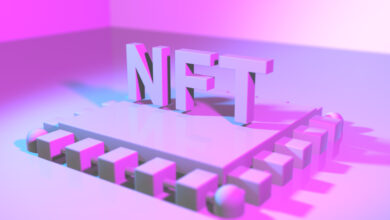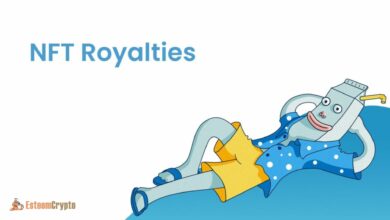Cardano NFTs: A New Frontier in Digital Collectibles
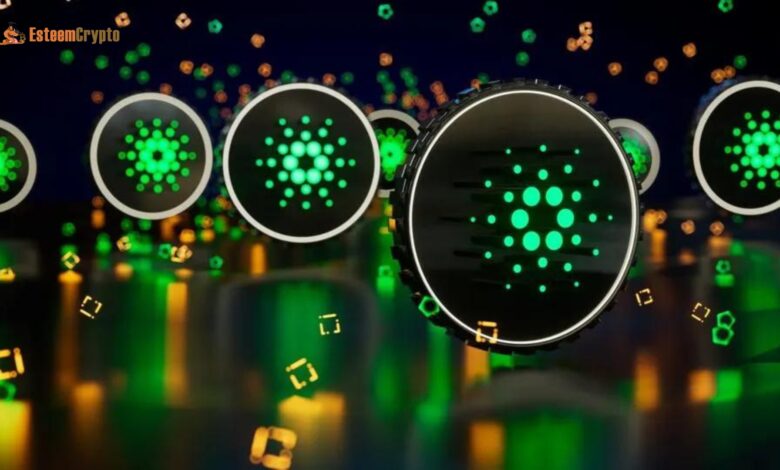
Cardano NFTs: The world of non-fungible tokens (NFTs) has expanded rapidly over the last few years, and Cardano has emerged as a significant player in this evolving space. While Ethereum has long dominated the NFT market, Cardano offers a unique alternative with its focus on scalability, sustainability, and interoperability. As the NFT ecosystem matures, Cardano’s approach to digital collectibles is gaining attention for its potential to reshape the landscape.
What Are Cardano NFTs?
Cardano NFTs are digital assets that exist on the Cardano blockchain. Like other NFTs, they represent ownership of a unique item or piece of content, whether that be art, music, a virtual real estate parcel, or even a tweet. Each NFT is verifiably unique, thanks to blockchain technology, which provides a transparent and immutable record of ownership.
However, what sets Cardano NFTs apart from those on other blockchains is the underlying technology of Cardano itself. Built on a proof-of-stake (PoS) consensus mechanism, Cardano is designed to be more energy-efficient and scalable than proof-of-work (PoW) blockchains like Ethereum. This makes Cardano NFTs a more sustainable option, particularly in an era where the environmental impact of blockchain technology is under increasing scrutiny.
The Growth of Cardano’s NFT Ecosystem
The Cardano NFT ecosystem has experienced significant growth since the introduction of native tokens with the Mary hard fork in March 2021. This update allowed users to create and trade tokens directly on the Cardano blockchain without the need for smart contracts, which is a departure from how NFTs typically operate on other blockchains.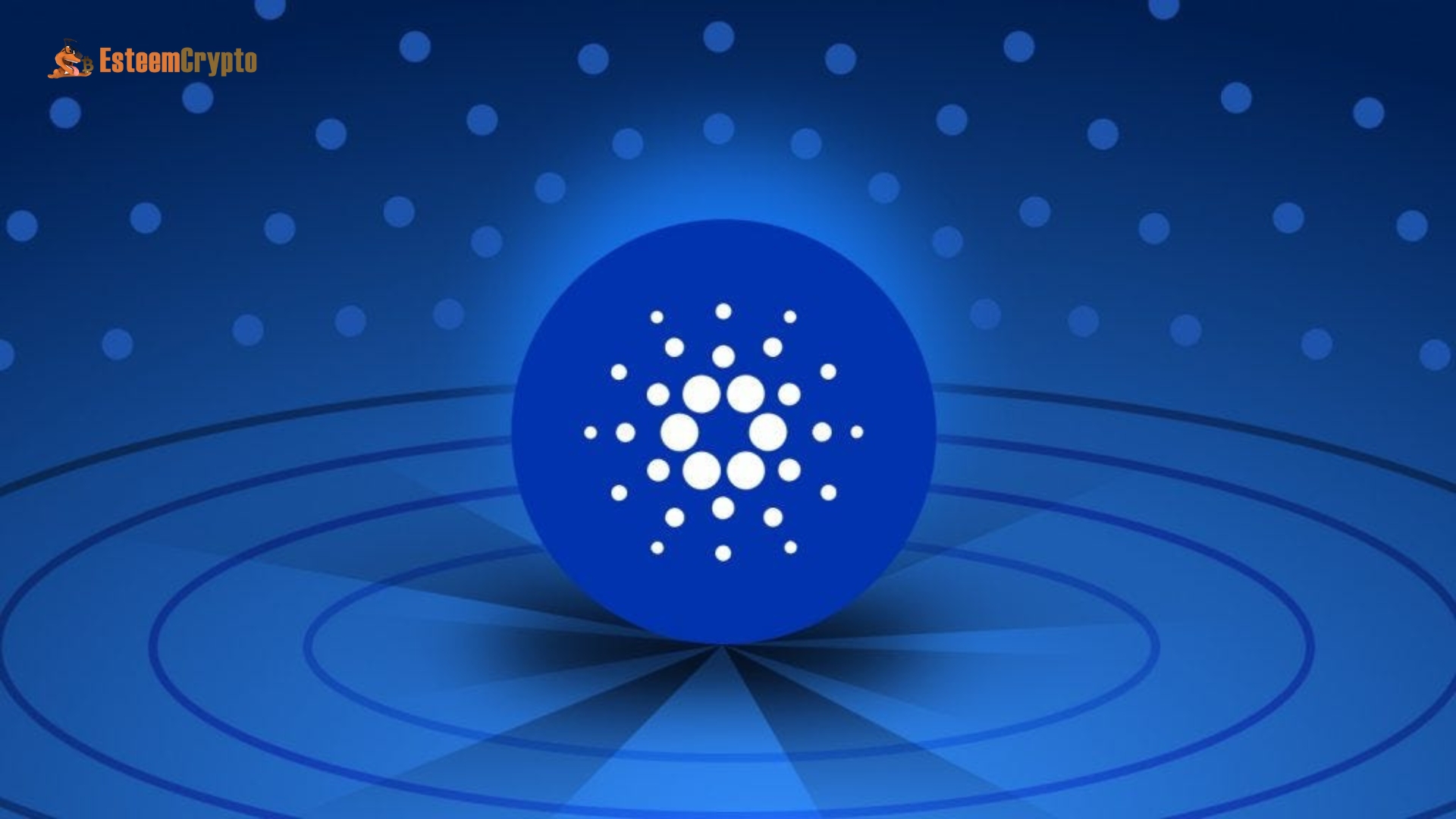
The simplicity and efficiency of creating NFTs on Cardano have led to a rapid expansion of the ecosystem. Several NFT marketplaces and platforms have emerged, enabling artists, collectors, and developers to participate in this burgeoning space. Key platforms include CNFT.io, the first Cardano-based NFT marketplace, and newer entrants like Tokhun, Artano, and Galaxy of Art.
These platforms have fostered a vibrant community of creators and collectors who are attracted to Cardano’s lower transaction fees, faster transaction times, and the promise of a more secure and sustainable blockchain. The growth of the ecosystem has also been bolstered by the increasing popularity of PFP (profile picture) projects, metaverse initiatives, and unique digital art collections, all of which leverage Cardano’s capabilities.
Why Choose Cardano for NFTs?
One of the primary reasons creators and collectors are drawn to Cardano NFTs is the platform’s commitment to sustainability. The energy consumption of PoW blockchains like Ethereum has been a point of contention, particularly as global awareness of climate change grows. In contrast, Cardano’s PoS mechanism requires significantly less energy, making it a more eco-friendly choice for minting and trading NFTs.
In addition to sustainability, Cardano offers lower transaction costs. High gas fees on Ethereum have been a significant barrier for many users, often making small-scale NFT transactions prohibitively expensive. Cardano’s lower fees make it more accessible, particularly for emerging artists and collectors who may not have significant capital to invest.
Scalability is another advantage. Cardano’s architecture is designed to handle a high volume of transactions without compromising speed or security. This is crucial as the NFT market continues to expand, with increasing demand for quick and reliable transactions.
Cardano’s approach to security also stands out. The platform’s layered architecture separates the settlement layer, which handles the ledger of accounts and balances, from the computation layer, which runs smart contracts. This separation enhances security by isolating potential risks associated with smart contracts from the core ledger, reducing the likelihood of exploits and hacks.
The Role of Smart Contracts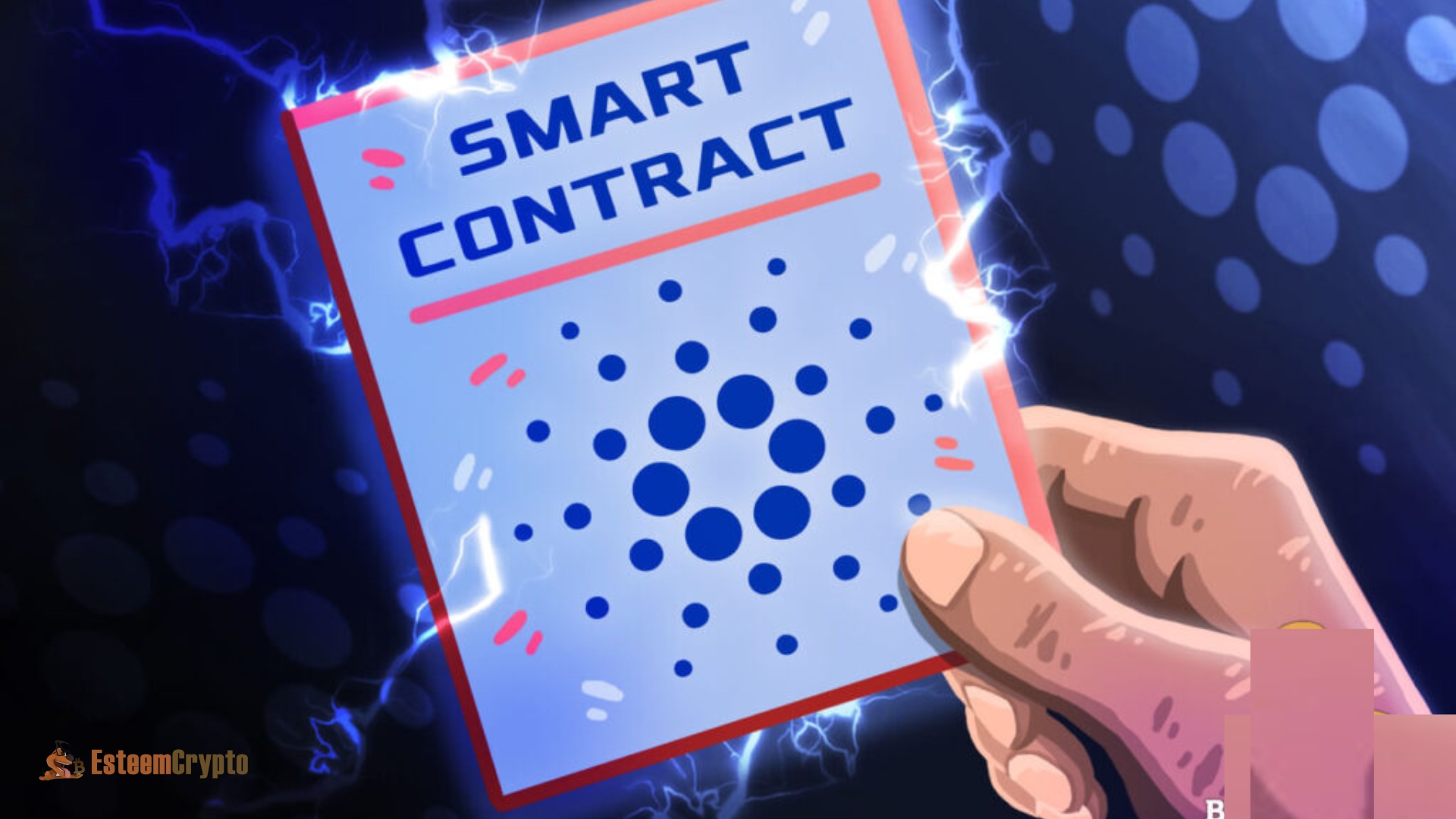
Smart contracts are a cornerstone of the NFT ecosystem, enabling automated transactions and the creation of complex, programmable assets. Cardano introduced smart contract functionality with the Alonzo hard fork in September 2021, opening the door for more sophisticated NFT projects and applications.
While Cardano’s smart contract capabilities are still in the early stages compared to Ethereum’s, they offer several unique advantages. Cardano’s smart contracts are based on Plutus, a purpose-built smart contract development platform that uses Haskell, a functional programming language known for its robustness and security. This emphasis on security and formal verification makes Cardano smart contracts particularly appealing for high-stakes applications, such as financial services and large-scale NFT projects.
The introduction of smart contracts has also led to the development of decentralized applications (dApps) on Cardano, further enriching the NFT ecosystem. These dApps enable new use cases for NFTs, such as decentralized marketplaces, fractional ownership, and NFT-backed loans. As the dApp ecosystem matures, we can expect to see even more innovative NFT applications emerge on Cardano.
Challenges and Future Prospects
Despite its advantages, Cardano faces several challenges in the NFT space. One of the most significant is competition from other blockchains, particularly Ethereum, which has a well-established NFT ecosystem and a large developer community. Solana and Binance Smart Chain are also vying for a share of the NFT market, offering their advantages in terms of speed, cost, and user experience.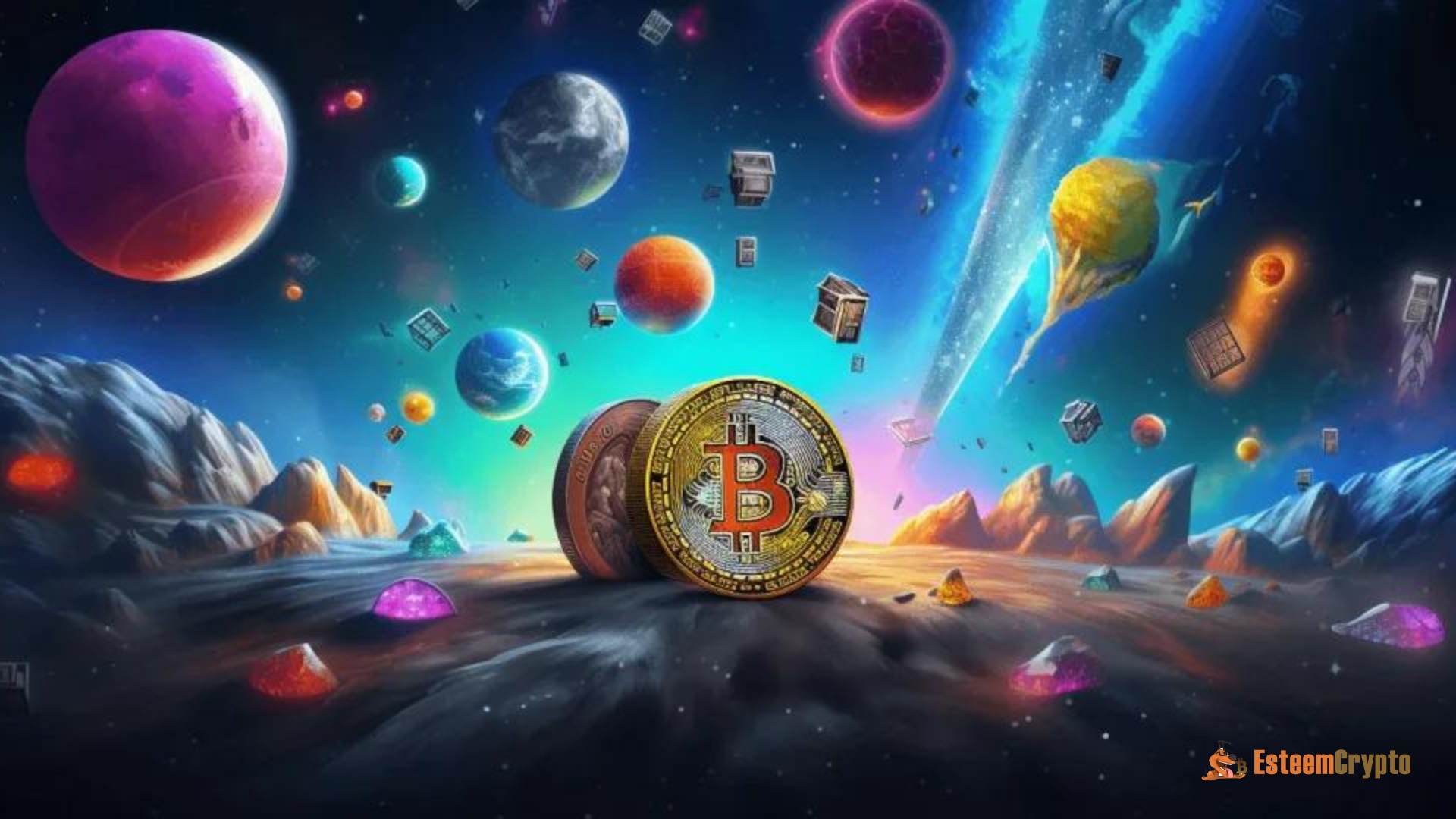
Another challenge is the relative immaturity of Cardano’s smart contract ecosystem. While the platform has made significant strides, it still lags behind Ethereum in terms of the number and variety of dApps and developer tools available. This can make it more difficult for creators and developers to build and deploy NFT projects on Cardano.
However, the Cardano community is actively working to address these challenges. Initiatives like Project Catalyst, which funds community-driven development projects, are helping to accelerate the growth of the ecosystem. Additionally, Cardano’s roadmap includes ongoing upgrades and improvements, such as the introduction of Hydra, a layer-2 scaling solution designed to increase transaction throughput and reduce latency.
Looking ahead, the future of Cardano NFTs appears bright. The platform’s focus on sustainability, security, and scalability positions it well for continued growth in the NFT market. As more artists, developers, and collectors recognize the benefits of Cardano, we can expect to see an increasing number of innovative projects and use cases emerge.
Conclusion
In conclusion, Cardano NFTs represent a compelling alternative to traditional NFT platforms. With its emphasis on sustainability, lower costs, and enhanced security, Cardano offers a unique proposition in the fast-growing world of digital collectibles. As the ecosystem continues to evolve, Cardano is poised to become a significant player in the NFT space, offering new opportunities for creators and collectors alike.

